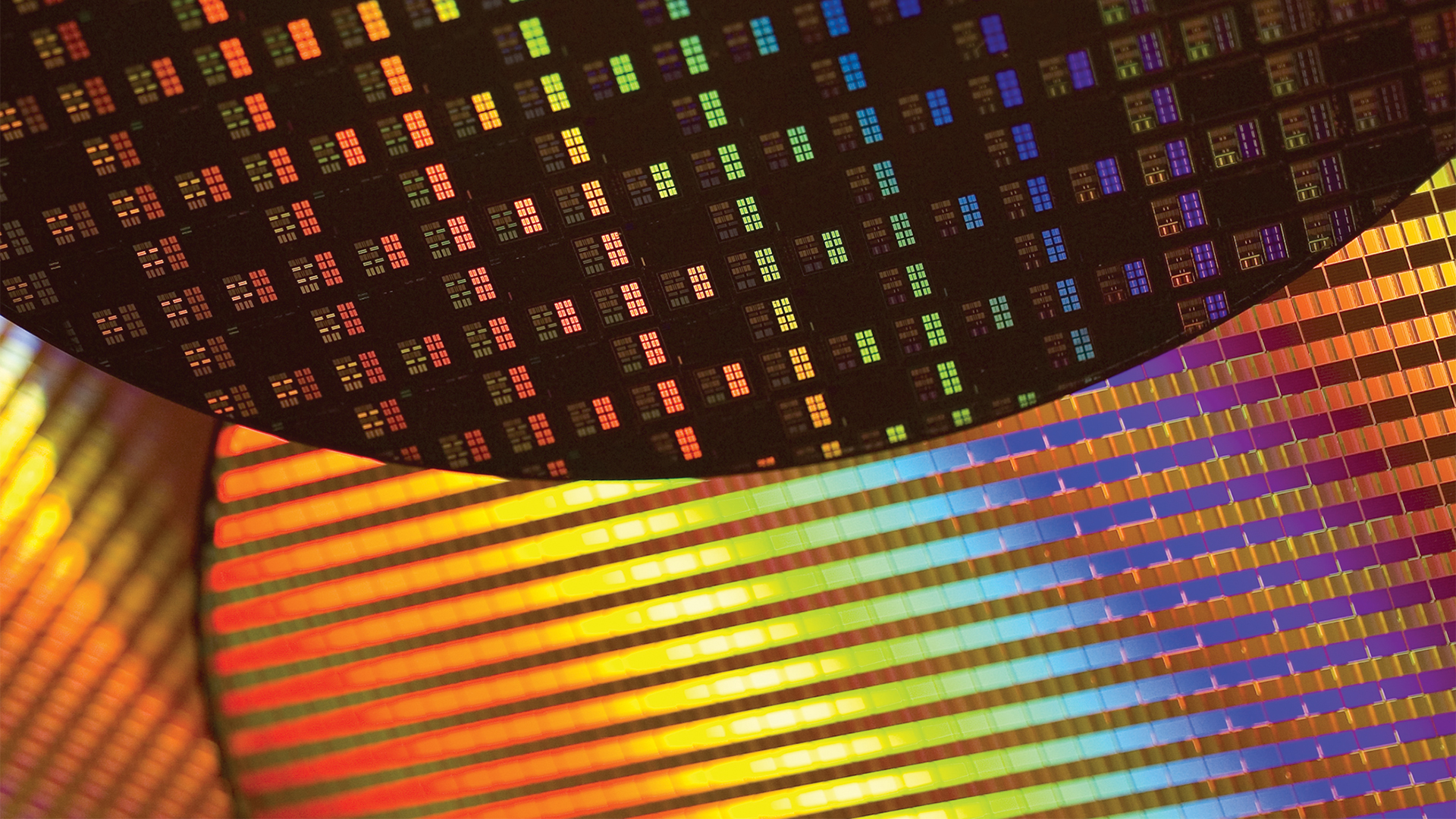Lee told Reuters when asked about the possibility that Samsung would rather monetize its foundry business and its System LSI logic chip designing business, “We are hungry to grow the business. Not interested in spinning (them) off.” Back in 2019, Lee said that Samsung Foundry had a plan to overtake TSMC by 2030. As a result, the company has gone on to spend billions to open factories in South Korea and the U.S. Despite adding all of this new capacity, multiple sources familiar with the situation told Reuters that Samsung has not been able to obtain orders that would use this added capacity.


Samsung Foundry also makes homegrown chips like the Exynos 2400 AP. | Im age credit-Samsung
To illustrate how much red ink the foundry has been flowing, nine analysts produced an average estimate showing that the chip manufacturing business and the Logic Chip designing business together generated an operating loss of 3.18 trillion won ($2.4 billion) last year. For this year, the analysts project an operating loss of 2.08 trillion won ($1.54 billion) for those two businesses.
Samsung divided the foundry and the Logic Chip design businesses in 2017 since foundry customers were concerned that secrets about their chips were being leaked to the Logic Chip design unit. Lee Jong-hwan, a former Samsung engineer and a professor in System Semiconductor Engineering at SangMyung University says, “In principle, it is better off for Samsung to split its foundry business to gain trust from customers and focus on the business.”
Despite this comment, the professor notes that the foundry might have a hard time making it as a standalone business following a spin off without the financial support of Samsung’s profitable memory chip business.







